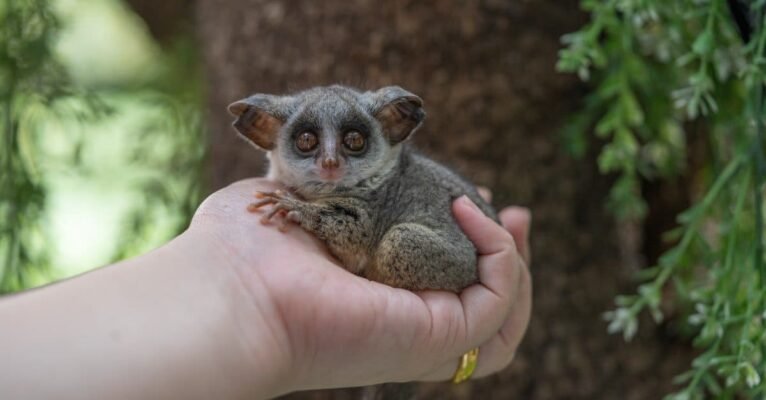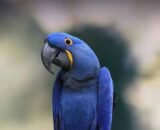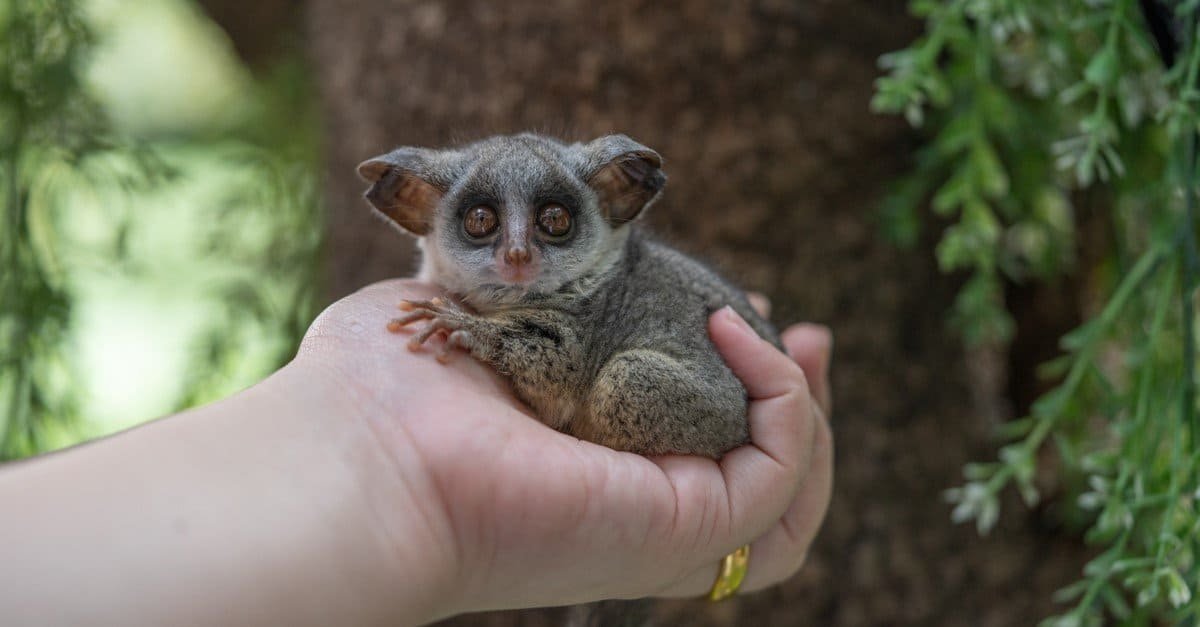- You have no items in your shopping cart
- Subtotal: $0.00
FEMALE BUSHBABY
$1,500.00
FEMALE BUSHBABY

The Vital Role of Female Bushbabies
Female bushbabies, also known as galagos, are fascinating creatures that play a critical role in the survival of their species. Here’s a closer look at their unique characteristics and behaviors:
Size and Appearance:
- Smaller and lighter than male bushbabies, typically weighing around 10-20% less depending on the species.
- Share similar physical features with males, including large eyes adapted for night vision, long tails for balance, and soft fur for camouflage.
- In some species, there may be subtle differences in fur coloration between males and females.
Social Behavior:
- Live in social groups consisting of closely related females and their offspring. These groups can range from 2 to 8 individuals and offer females advantages like:
- Shared childcare: Females within the group may help care for the young, reducing the burden on the mother.
- Defense: The group provides a stronger defense against predators compared to solitary animals.
- Cooperative foraging: Working together, females can locate food sources more efficiently.
- Dominant females: In some species, a dominant female leads the group and may even suppress reproduction in other females to ensure better resource allocation for her own offspring.
Reproduction:
- Reach sexual maturity at around 18 months old.
- Give birth to 1-2 babies after a gestation period of approximately 110-120 days.
- Play a crucial role in raising young:
- Primary caregivers: Females carry the infants, nurse them, groom them, and teach them essential survival skills like climbing and foraging.
- Strong maternal bond: Mothers form a strong bond with their offspring, ensuring their development and survival.
Interesting Facts:
- Female bushbabies are excellent mothers. They are attentive and dedicated to their young, providing them with the necessary care and protection until they become independent.
- They have a keen sense of smell which they use to locate food sources, identify potential threats, and even recognize other members of their social group.
- They communicate with each other through a variety of vocalizations, including clicks, whistles, and trills. These vocalizations help them maintain social cohesion, coordinate group activities, and warn each other of danger.
Threats:
- Female bushbabies face similar threats as males, including habitat loss due to deforestation and the illegal pet trade.
- They are also vulnerable to predation by owls, snakes, and other carnivores.
By understanding the vital role female bushbabies play in their ecosystem, we can work towards better conservation efforts to protect these amazing creatures.









Customer reviews
Reviews
There are no reviews yet.
Write a customer review